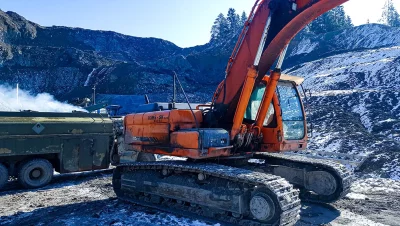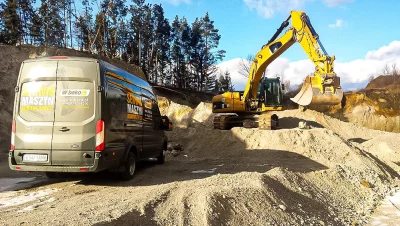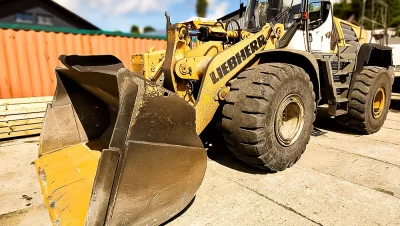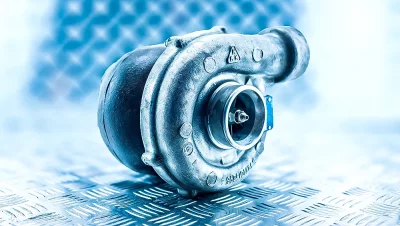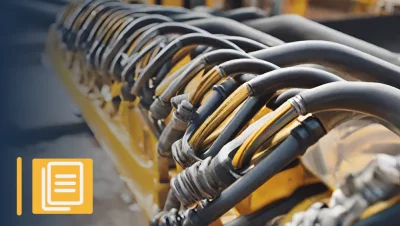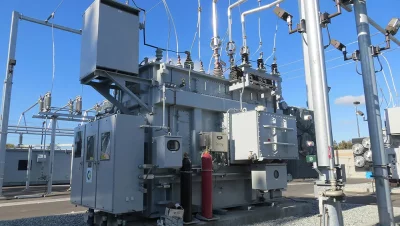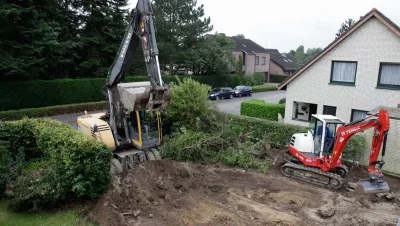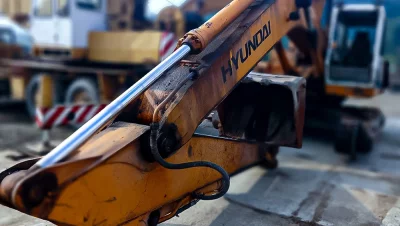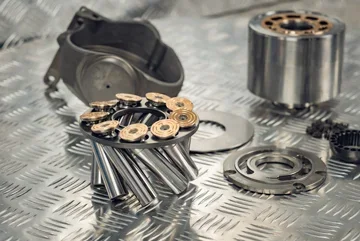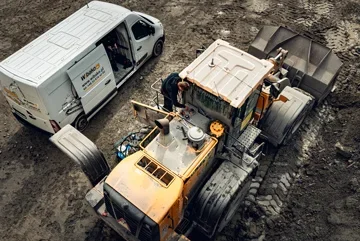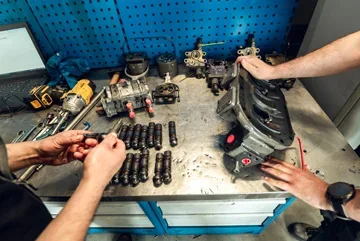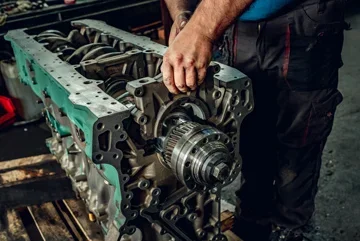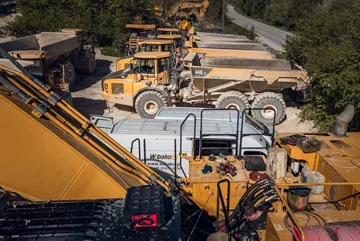Turbocharger - what is it and when was it created?
A turbocharger is a device used in internal combustion engines to increase their power. This is done by delivering more air to the cylinders. Construction machines equipped with turbocharged power units are standard nowadays.
With the additional power from the "turbo", construction machines achieve better efficiency and smoothness during heavy field work, to which they are constantly exposed.
Who invented the turbocharger?
The beginnings of the device date back to 1905-1906 and interestingly, two independently working constructors came up with the same technical solution - Swiss engineer, Alfred Buchi and his colleague, German Gottlieb Daimler, whose name is associated with the Mercedes-Benz brand on the market today.
The former patented his idea in 1905, while in the meantime Gottlieb Daimler was working on a similar project, but it was the Swiss design that gained wide recognition and use in engines.
Originally, the use of turbochargers was limited to the marine and aviation industry, and their widespread use is only seen in the 1960s and 70s, first in trucks.
It has been noted that the performance of vehicles equipped with turbocharging is better than their counterparts without this construction. This has influenced the popularity and debut of the device in other types of vehicles, including construction machines.
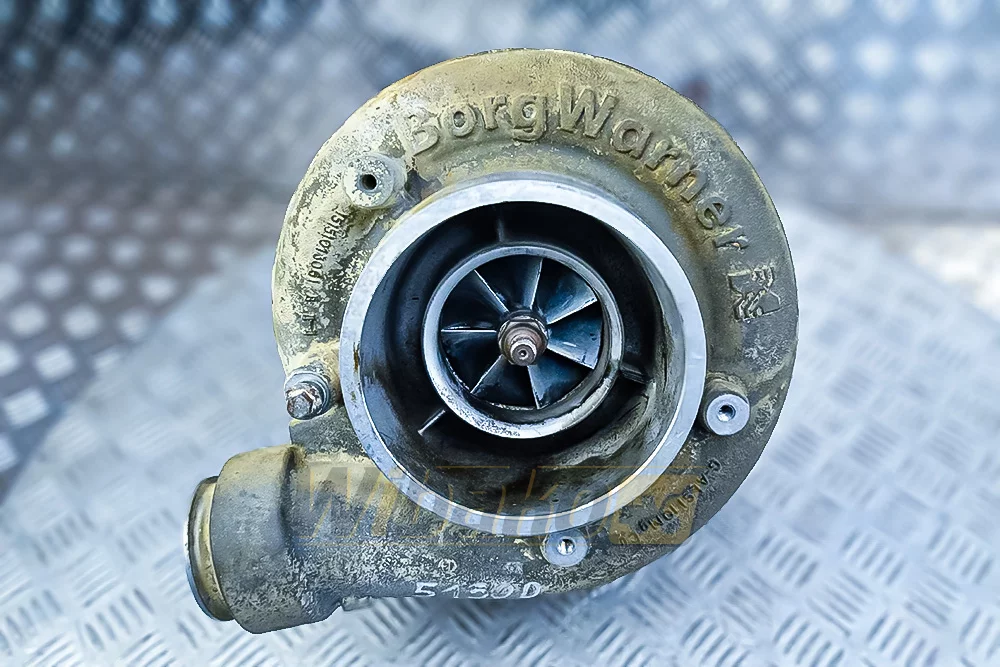
Turbocharger construction
A turbocharger is a combination of a turbine, referred to as the hot side, and a compressor - the cold side. Both parts consist of a rotor and are connected by a common shaft, and the bodies of the sides have a characteristic appearance, reminiscent of a snail shell.
The turbine is part of the engine's exhaust system, and the compressor is part of the intake system. The turbocharger has built-in bearings and seals, allowing smooth rotation of the rotors, minimizing air leakage between the hot and cold parts.
Turbocharger - principle of operation
What is a turbocharger used for? As explained at the beginning, the main purpose of the device is to increase the power of the internal combustion engine. The design uses the principles of mechanics and aerodynamics to compress air and thus increase the efficiency of the power unit.
So let's go from general to specific. The turbocharger is placed in the exhaust system in such a way as to effectively use the energy contained in the hot exhaust gases of the internal combustion engine. The exhaust gases enter the hot part, i.e. the turbine, which converts the energy contained in them into the rotary motion of the rotor, which then transfers it further to the compressor rotor.
The compressed air produced in the process enters the engine's combustion chamber causing a greater filling of the cylinder. A larger amount of available oxygen results in more efficient fuel combustion, which leads to the generation of greater engine power and torque.
Due to the fact that warm air has a lower density, to improve the efficiency of the turbocharger itself, an additional air cooler - intercooler is used. Inside it, the air is cooled. This results in an increase in the amount of oxygen in the combustion chamber and even greater power of the power unit. 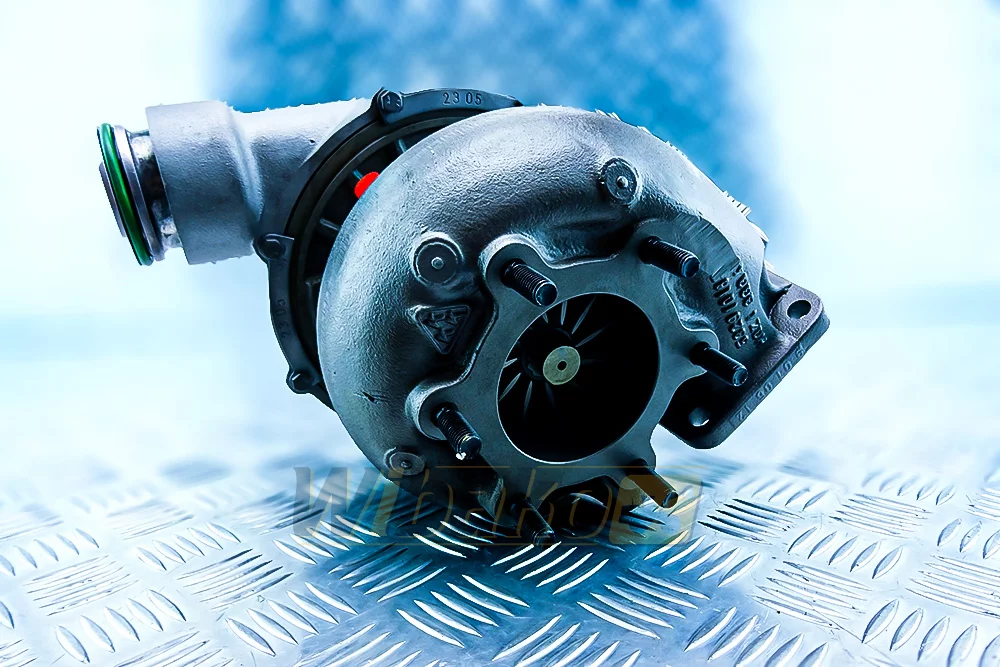
Turbo lag effect
The essence of the turbo lag phenomenon is the delay between the operator's action and the engine's response. Such a situation can occur during sudden and drastic acceleration. The turbocharger needs time to reach the appropriate number of revolutions to deliver a larger amount of compressed air to the engine cylinders and further to the combustion chamber. This can create a feeling of delayed response to the actions of the machine operator.
Turbo lag was such a significant design problem that engineers devoted time to devising effective technology aimed at eliminating the risk of its occurrence. Variable geometry turbochargers were created, in which the shape of the turbine blades is regulated. The shape is controlled by changing the angle of the blades in response to differences in engine speed.
Wastegate valve is another popular solution to the above issue. It allows for dosing the boost pressure, and thus limits it, in order to avoid exceeding maximum values and adjusts it to the current engine operation. In the long run, it leads to accelerating the response and eliminates delays between the operator's action and the power unit.
Symptoms of turbocharger damage
The operating conditions of construction machines differ fundamentally from the rest of the vehicles. The average working cycle of a machine is continuous movement in difficult terrain and huge loads, which can cause the risk of breakdowns. The faster degradation of engine oil parameters caused by these factors and additionally its loss, exposes the turbocharger to damage.
An unexpected drop in power may be one of the obvious signs of device failure. In addition, an increase in oil consumption, strange noises - whistling, noise, or humming, as well as vibrations in the engine or the entire vehicle can cause concern about the proper functioning of the turbocharger. Construction machines, through contact with heavy working material, such as stones, rubble, soil, or aggregate, may be exposed to the entry of foreign bodies into individual internal systems, which can also lead to undesirable effects.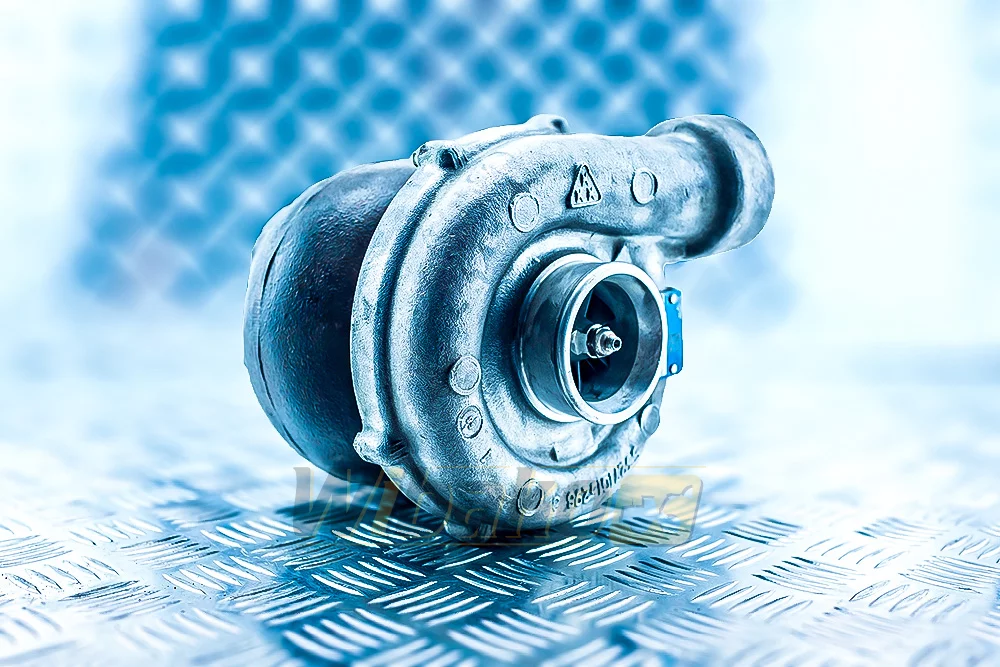
Turbocharger regeneration
Regeneration is a comprehensive process of renewing damaged or worn parts in a way close to the original state. In addition to this, the aim of regeneration is to extend the life and durability of a given part.
It is worth considering such an option if we have a damaged turbocharger, as the purchase of a new one may significantly exceed the cost of regeneration.
One of the most common problems occurring in turbochargers is bearing wear, which can lead to vibrations, noises, and oil leaks. On the other hand, damage to seals or mounting elements causes leakage inside the subassembly and leads to oil leaks or air outflow.
A fairly common problem is a rotor blade failure, which occurred, for example, during interaction with a foreign body, which directly results in a decrease in efficiency. Overheating of the turbocharger, which can occur as a result of improper cooling, causes deformation of the components, such as seizing of the variable geometry system.
Remember that before we decide on a purchase or regeneration, it is worth carefully assessing the technical condition and wear of the elements. In some cases, the regeneration process may be a beneficial solution, allowing the turbocharger to be restored to efficiency close to a new device, while incurring lower costs.
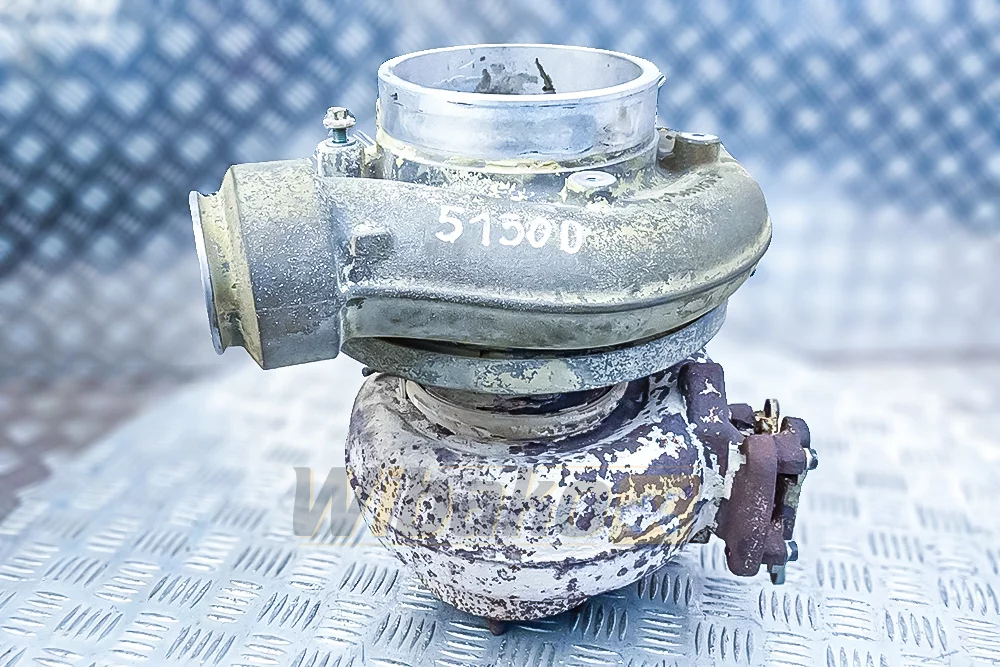
Compressor and turbocharger
Both the compressor and the turbocharger operate on a similar principle, i.e. they deliver a larger amount of oxygen to the combustion chamber, thereby increasing the efficiency of fuel combustion and generating additional engine power. The differences between the subassemblies are related to the fact that the compressor is driven from the crankshaft.
The advantages of the first device are considered to be a less complicated construction and maintaining a constant power increase from the beginning of the engine operation. The turbocharger, on the other hand, is powered by energy from exhaust gases, and this fact means that it does not additionally load the engine, as is the case with the compressor, and also shows much greater efficiency in generating power and increasing torque.
The disadvantages of turbo include primarily a greater susceptibility to damage and breakdowns due to the working environment - high temperatures. Therefore, it is important to keep in mind more frequent servicing and careful vehicle operation. The biggest problem, however, remains the existence of delay, i.e. the previously described turbo lag.
Summary
Thanks to the turbocharger, the engines of construction machines can achieve greater efficiency, lower exhaust emissions and fuel consumption. However, it is important to keep in mind possible component failures and limitations accompanying each device.
The internal combustion engines of construction machines are the neuralgic point of every vehicle and the efficiency of the entire machine depends on its proper operation. A potential failure of some element can lead to downtime and material losses.
Wibako offers you a wide range of spare parts, individual components, including turbochargers and compressors.



